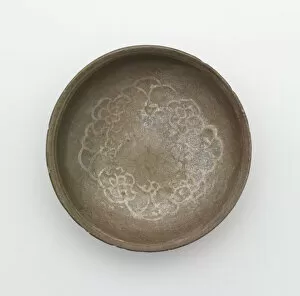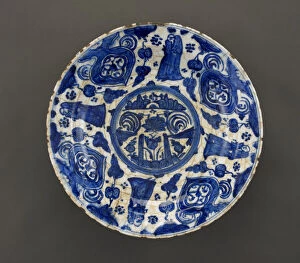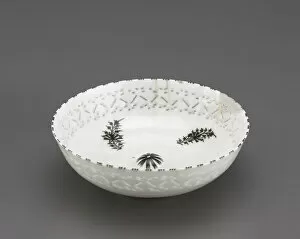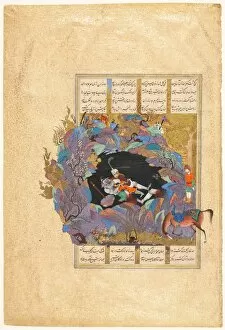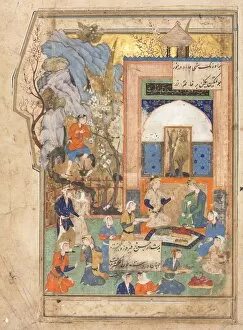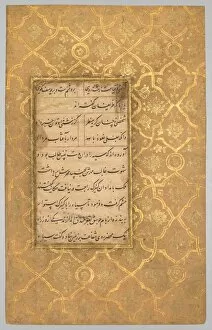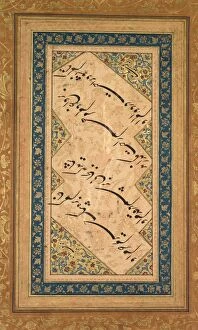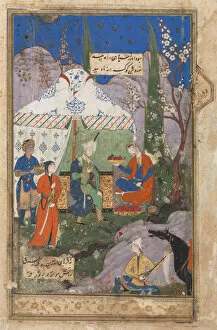Safavid Period Collection
The Safavid period, which spanned from the 16th to the 18th century, was a time of great artistic and cultural flourishing in Persia
All Professionally Made to Order for Quick Shipping
The Safavid period, which spanned from the 16th to the 18th century, was a time of great artistic and cultural flourishing in Persia. This can be seen through various artifacts that have survived until today. One such artifact is a dish from the Safavid period, created by an unknown artist in the 17th century. The intricate design and vibrant colors showcase the skill and creativity of Persian craftsmen during this time. Another bowl from the same period further exemplifies the exquisite craftsmanship of Safavid artists. Created by an anonymous creator in the second half of the 17th century, this bowl features delicate patterns and meticulous detailing. A bottle dating back to the 17th-18th century also provides insight into Safavid artistry. With its elegant shape and ornate decorations, it serves as a testament to both functionality and beauty. In addition to functional objects like dishes and bottles, illustrations were also highly valued during this era. One example is "Rustams seventh course: He kills White Div, " a folio created between 1522-1537 by an unidentified artist. This illustration depicts a heroic scene from Persian mythology with remarkable attention to detail. "Youth Seated by a Willow; Single Page Illustration" by Muhammad Yusuf showcases another aspect of Safavid art - miniature painting. Created around c. 1600-1650, this piece captures serene beauty with its soft colors and graceful composition. Furthermore, "Yusuf and Zulaykha (Recto); Text Page, Persian Verses (verso)" is another notable work from this period attributed to an unknown artist between c. 1556-65.

